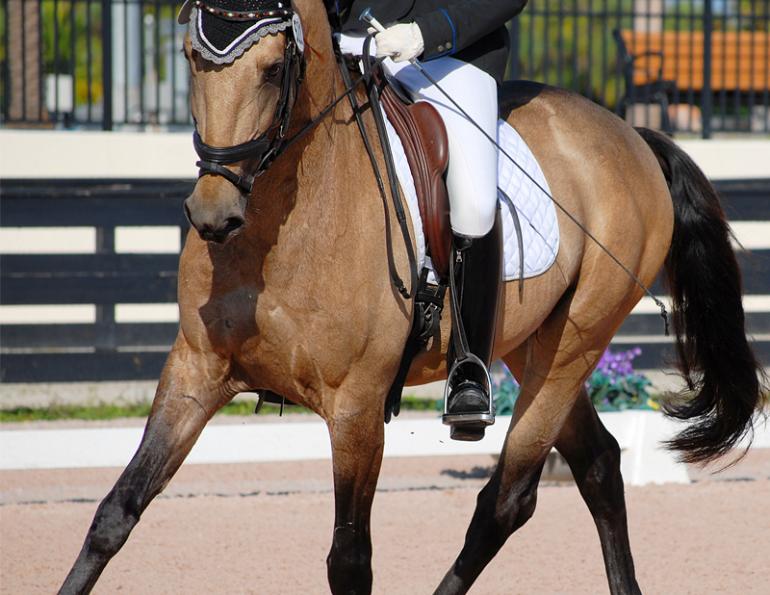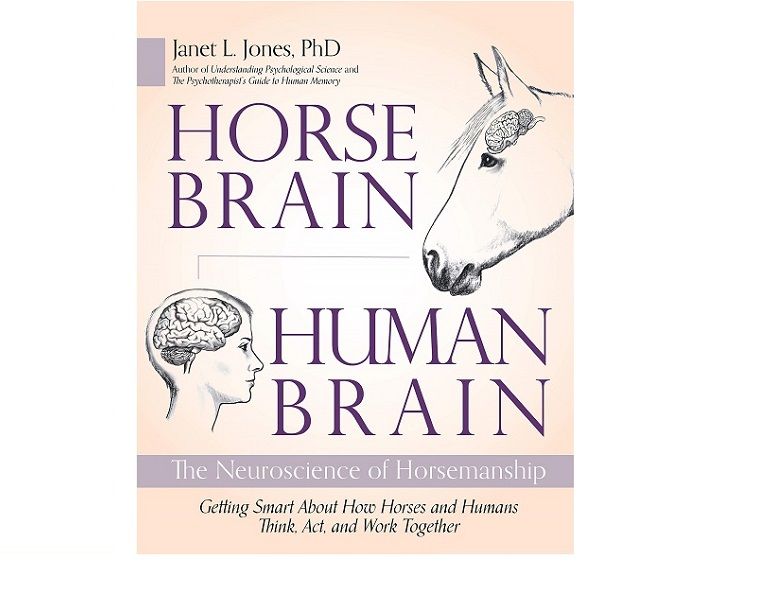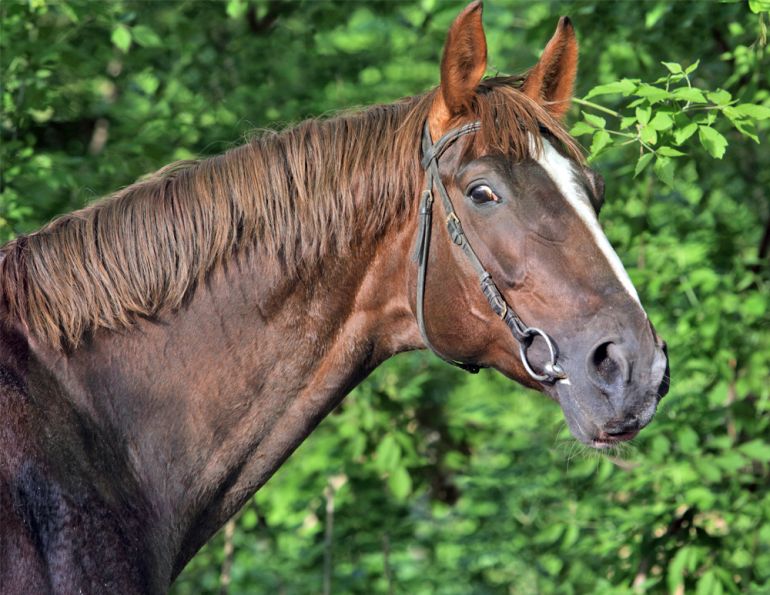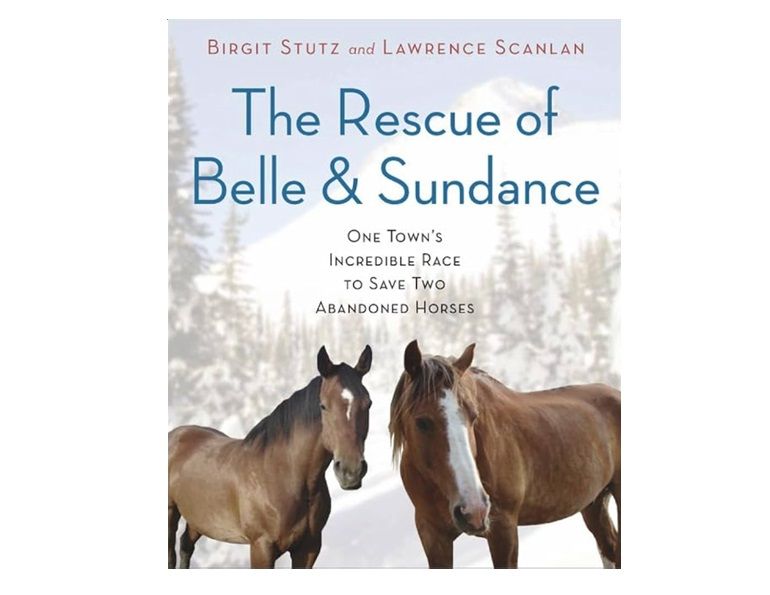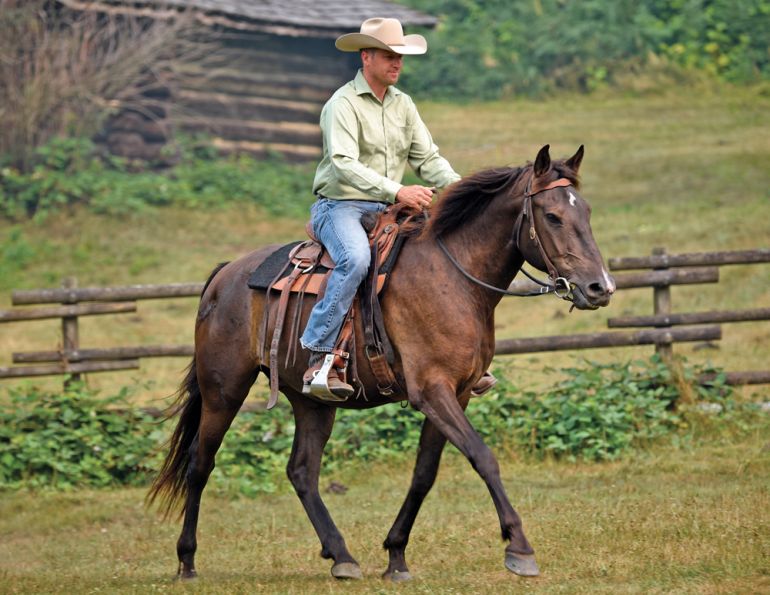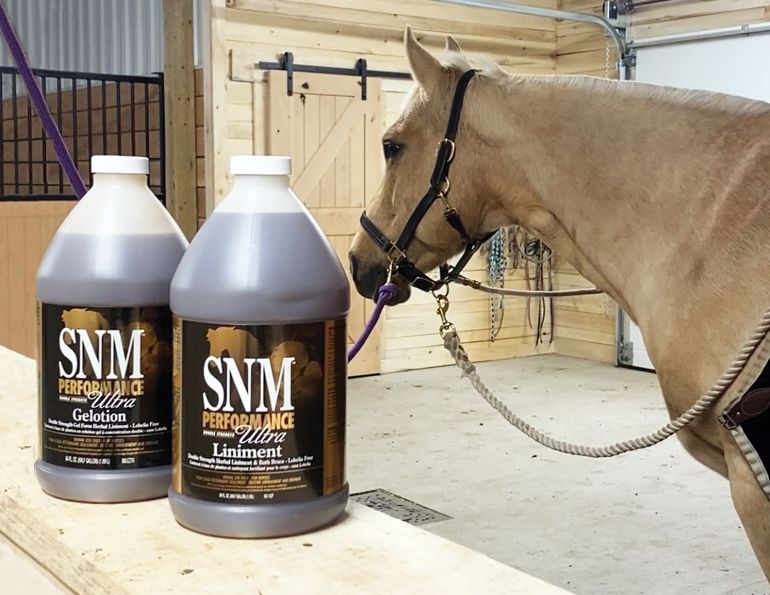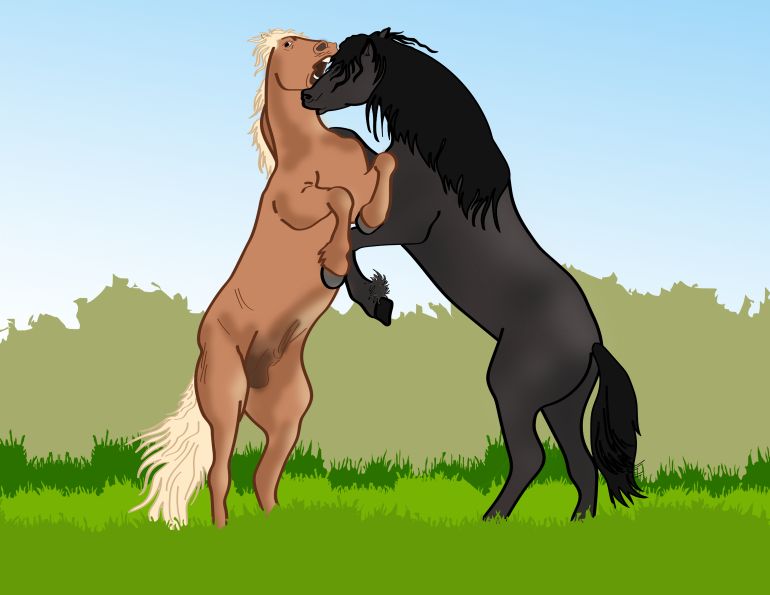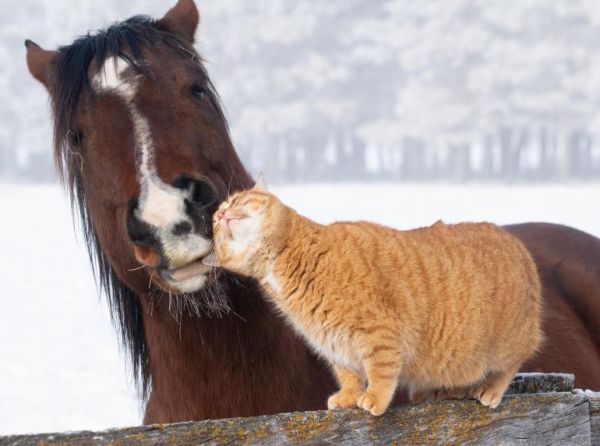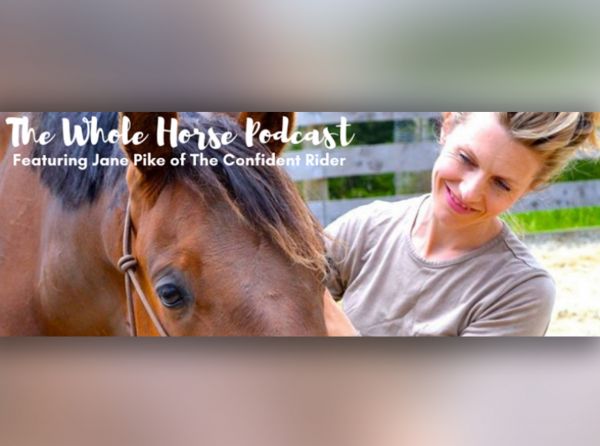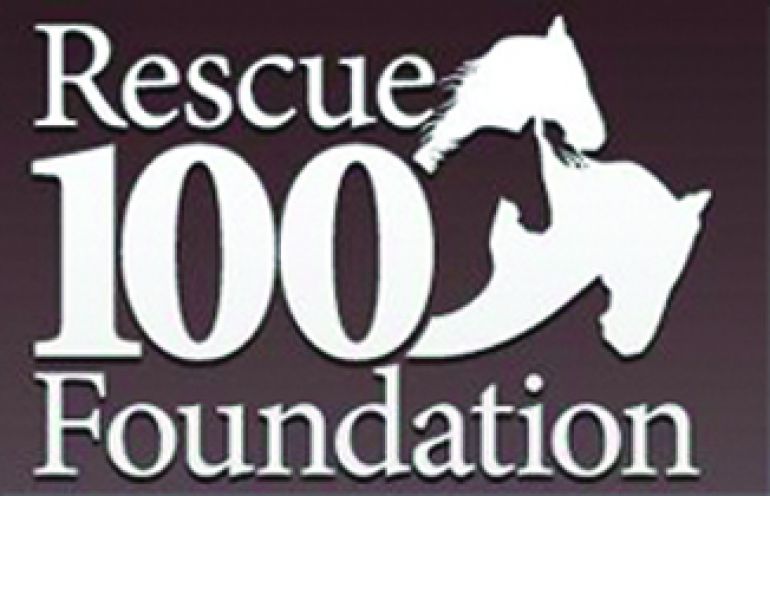Unlocking the Secrets to Trust, Cooperation, and Reliability
By Lynn Acton
Published by Trafalgar Square Books/HorseandRiderBooks.com, 288 pages, Paperback, Kindle
Reviewed by Margaret Evans
Almost all riders will say they have their own approach to building a relationship and achieving success with their horses.
Lynn Acton’s book, What Horses Really Want, is an absolute gem in providing a treasure of new approaches, and a different take on traditional approaches to building trust and confidence in a horse.
“Horses want security and social bonds. They want leaders they trust to protect them, not only from danger, but from stress. When we provide this security, they accept our rules,” writes Acton.
This, she says, makes our leadership more effective because they seek it. In seeking this relationship, horses show less anxiety, fewer behaviour problems, better relationships with people, more efficient learning, and better reliability.
“I refer to this relationship as Protector Leadership because being the protector is the foundation of our leadership,” she writes of the principles used by many great trainers.
The book is divided into seven parts, each one devoted to a different element of Protective Leadership. Part One looks at Protector Leadership and why horses seek a leader they trust. Part Two contrasts wild and domestic behaviour, and illustrates how important security and social bonds are. Part Three is a guide to equine behaviours that are often misunderstood. Other sections include ways to communicate effectively with less pressure; how to use a horse’s natural curiosity to help him overcome fears and anxieties, building the horse’s confidence with positive experiences; and how to reduce stress while improving the horse’s welfare and performance.
The book is filled with excellent examples and Acton uses her own horses to illustrate processes and exercises while discussing at length her philosophy and knowledge behind them.
Horses don’t care about being dominant; they want security and companionship, she says. Horses don’t behave “badly” to thwart you; their behaviour is their only way of communicating with you. Horses are not naturally spooky or cowardly when allowed to investigate new things; they build knowledge and confidence. And horses do not learn solely by repetition; they learn more efficiently when you engage their abilities to explore, generalize information, and problem-solve.
The book is beautifully illustrated with many colour photographs and each chapter has summarized notes and things to try to put the teachings into practice. This book is an excellent and informative read.





